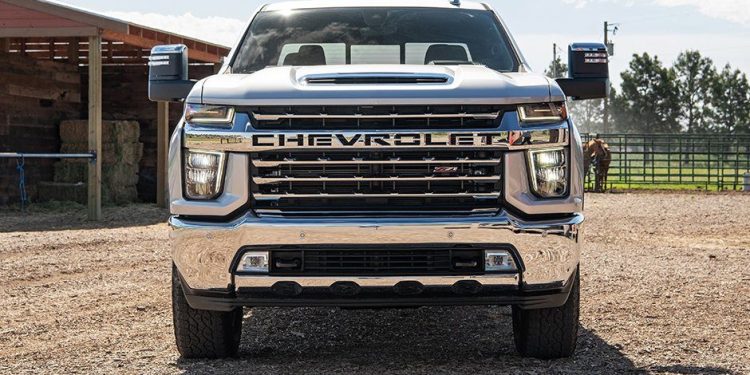Report: Utes bigger and more dangerous than ever before
Large SUVs and large utes and pick-ups have been in the crosshairs of environmental advocates for quite some time. But, they’ve also been a regular topic of debate for those in the business of vehicle safety.
The rapid increase in large-vehicle intake around the world is considered to be an elephant in the room for safety. Many of those who buy such vehicles list safety as one of their reasons, while simultaneously making roads less safe for those who continue to drive compact and subcompact vehicles.
Now, a report from Consumer Reports has underlined the issue. Centered around full-size American pick-ups, the report says that outward visibility and protections for vulnerable road users (such as pedestrians) are getting worse. It references that modern pick-ups are “particularly deadly” in crashes with pedestrians and smaller vehicles.

Some trucks tested by Consumer Reports had front visibility blind spots 3.3-metres longer than those on an equivalent sedan, and 2 metres longer than on “many popular SUVs”. It also quotes that 80 per cent of fatal frontover collisions (collisions where a driver hits a person having not seen them over the nose of their car) between 1990 and 2019 involved pick-ups.
The report referenced the tragic 2020 case of Eva Barcza — a woman killed in a hit-and-run in New Jersey by a driver in a Jeep Gladiator. The driver of the Gladiator told police that they didn’t see Barcza at the crosswalk where she had been standing, and after an investigation they were neither cited nor charged.
According to the report, the bonnet heights of passenger trucks have increased by 11 per cent in the last 20 years, and the average weight of pick ups have increased by a whopping 24 per cent in the same period.

Consumer Reports asked car makers why their utes had grown so tall. A Ford spokesperson said that the brand had “shifted from softer lines” because “customers prefer more purposeful looks.” A General Motors spokesperson said it was because buyers want it for off-roading and towing capability.
“Safety advocates say that truck designers could lower hoods or reduce weight, but automakers are reluctant to do so because pickups are a major source of profit. Industry analysts say that offering bigger trucks with imposing front ends has been a factor in a winning sales strategy,” said the report.
Consumer Reports also notes that pick-ups are less likely to come standard with the same safety equipment than equivalent sedans sold by the same companies — noting that none of the General Motors (Chevrolet, GMC) or Ram pick-ups offer autonomous emergency braking as standard in the US, or simply don’t offer them at all.
While the report is largely American-market focused, it does touch on numerous vehicles that are sold in New Zealand, including the aforementioned Gladiator and the Ram 1500. It also cites the American-market Ford Ranger and Toyota’s American equivalent to the Hilux, the Tacoma.

New Zealand has had similar issues with the heights of our most popular double-cab utes increasing significantly in recent times. This is partially due to how most brands have given their two-wheel drive utes the same ride height as their four-wheel drive offerings. Only Toyota still offers a dedicated ‘low rider’ ute model with traditional lower two-wheel drive ride height — the entry level ‘Workmate’ variant. Some other brands offer this, but only on a made-to-order basis.
Speaking to Consumer Reports, J.D. Power vice president for data and analytics, Tyson Jominy, says that carmakers make around four to five times more money on sales of utilities over sedans. This is due to utes and pick-ups being simpler to manufacture and because customers will simply pay more money for one.
“Trucks could look less tough, but you don’t want to be the one to make your truck look soft. You can charge a lot for the capability, for the image,” he said.
“They’re not hiding the fact that they’re marketing these trucks as being really macho and a display of masculinity or prowess,” added Angie Schmitt, founder and principal at pedestrian advocacy group 3MPH Planning and Consulting.
“That’s a big part of the marketing, and I think that it works. […] If our vehicles are going to be getting so much bigger and so much more lethal to pedestrians. It also falls on road designers to do a better job protecting them.”





